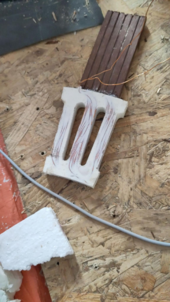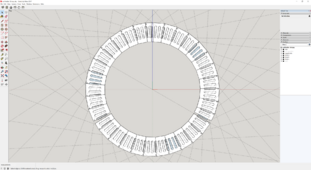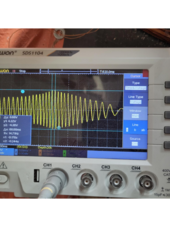Hi to you all. I'm new to this forum, since just a couple of weeks ago. But I have lived completely off grid for the last 25 years here in the UK. I started to read this thread as I have an interest in WT but I confess that i have not read all 83 pages so forgive me if i say something you already know.
I have built and flown successfully 3 home brew wind turbines. All created using the Hugh Piggot receipe book. I see that at the begining of this post pages 1 and 2 there is ref to Hughs book and also the guys at Fieldline. Hugh is the man. His books tell you all you need to know. He is also approachable and willing to give time to help peoples projects. But unless his opinion has changed in the last couple of years he would advise no to VA WT.
I first built a 2.4 mtr 3 blade turbine, with carved wooden blades, which I later upgraded to a 3mtr model. I then went big time and built a 4.5 mtr unit. Wound all the coils (with a home made former) cast the mag rotors etc . All 3 units worked well, not the most efficient but reliable and bomb proof. The 4.5mtr dia unit would regularly turn out 3 Kw annd the max production in a day was >40Kw.
I have never considered building a V axis unit. Many appear to have tried but I have never seen any real word performance/output figures from anyone DIY or manufactured. In the absence of proof of concept I prefer to spend my time on achievable goals so I stuck to the horizontal axis concept.
I can't help but wonder what you objective actually is. The facts about building WT's are well known and documented and you could have built a turbine in 2 months DIY work and been producing power for the last 2 years.
If you wish to purchase a reliable WT on a domestic scale might I suggest you take a look at
https://sd-windenergy.com/. I have also had one of their 3Kw turbines for the last 2 years and it is bomb proof. It is horizontal axis with down wind auto furling blades and is safe to run with no load connected. It can be purchased as either for battery charger or as an AC coupled unit.
One common factor of both VA and HA wind turbines is they need to operate ideally in clean air. Proximity to buildings, trees and uneven terrain all reduce efficiency in an incredible fashion. AND NEVER think about fitting a turbine to your dwelling. The noise and vibration is phenomenal and if your WT self destructs it may also damage your home.
I don't want to sound like I'm pissing on your parade but I think you may be on a long path to nowhere. But if any of my real world experience is of help I'd be pleased to share.






